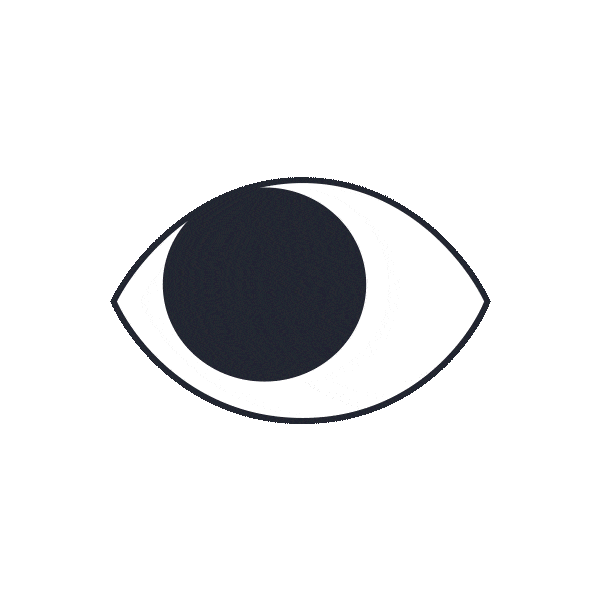
Trained as a painter and later known as a photographer, Man Ray went back to his passion for drawing, as well as tried his hand at film and sculpture: whatever the medium, he was a protean artist, driven by an appetite for experimentation. As he was finding his footing in New York in the 1910s, he discovered the work of Marcel Duchamp and the Dadaists, and quickly joined the circle of these avid explorers of artistic forms. Together, they created the short-lived journal New York Dada: after its only issue came out, Man Ray moved to Paris. He gravitated toward artistic milieus, became a leading contributor to the Dada movement, and in 1924 to the the surrealist movement, and was a regular among fashionable society that was infatuated with the avant-garde. He thus met Kiki de Montparnasse who became his lover and his model.

When fashion takes a cue from art
In the 1920s fashion began to carve out its own territory and draw inspiration from artistic currents of the day. Gradually, clothing was deconstructed, in particular at the hands of designers like Elsa Schiaparelli whose use of bright colors and subversions was clearly intended as a provocation. Makeup, nail polish, and hairstyle also became an integral part of fashion, adding pizzazz to the ensemble.


This development went hand in hand with a new way of picturing fashion. Until then, the pages of fashion magazines had been reserved for illustrators who produced utilitarian, literalist drawings, representing clothes devoid of sensuality or allegory. Photography revolutionized the way of looking, and the new art directors at magazines such as Vogue, Harper’s Bazaar, and Vanity Fair quickly understood what appealed to the reader.
The couturier, art collector, and a visionary Paul Poiret encouraged Man Ray to give this new genre a shot. The artist saw it as a niche to make a living and, above all, an additional creative outlet, and he took the plunge. He was soon surrounded by models who soon became his accomplices in visual exploits. Disregarding any practical aspects of the fashion catalog which until now had only served as a reference for provincial dressmakers and milliners, Man Ray encouraged bodies to contort, photographed the detail of an outfit to the point of abstraction, and used hands as an expressive motif in his compositions.


From the outset, he treated fashion photography as an artistic discipline, a fact emphasized by integrating works of art into his compositions. Sculptures by Brancusi or Giacometti inspired bold juxtapositions. In one famous photograph, Kiki can be seen posing with an African Baule-style mask. The camera focuses on the two smooth faces, both with eyes closed and well-defined features: one alabaster white, the other ebony black.
Groundbreaking experimentation
Not content to merely pair an artwork with a model, Man Ray developed a style inspired by surrealism. He would project images onto the white outfits of socialites at a ball, then photograph them and colorize the images. Every aesthetic discovery he made was channeled into fashion photography; the famous “rayogram” was no exception, making it to the pages of Vanity Fair in 1922. Named after the artist, the rayogram is a cameraless photography technique, obtained by placing an object onto photosensitive paper and exposing it to light. Legend has it that Man Ray discovered the process by chance with his assistant and lover Lee Miller.

Collages, light effects, cropping, solarization, bird’s eye and worm’s eye view, anything goes, including the Belinograph, a forerunner of the photocopier. The Musée du Luxembourg exhibition reconstructs the prolific journey of Man Ray’s fashion work. It allows us to follow the co-evolution of modern photography and couture in the 1920s and 1930s.
A handful of original designs by Man Ray’s clients complete the exhibition, showing how fashion became an actor in its own right in the artistic avant-garde. Without stating the obvious, the exhibition helps us to realize that many of Man Ray’s iconic images originated in fashion commissions. These include the portrait with tears, in which crystalline teardrops rest on the face of a woman wearing heavy, stylized makeup. The images on display also prompt more recent connections, showing Man Ray as an enduring influence in fashion photography: from Guy Bourdin, who admired him and was inspired by his blend of sensuality and surrealism, to Jean-Paul Gaultier, who reinterpreted Kiki’s portrait with the African mask.

By Laurence Cornet
Laurence Cornet is the editorial director of the non-profit Dysturb, a journalist specializing
in photography, and an independent curator in Paris.
Man Ray and Fashion
September 23, 2020 to January 17, 2021
Musée du Luxembourg
19, rue de Vaugirard
Paris
www.museeduluxembourg.fr


